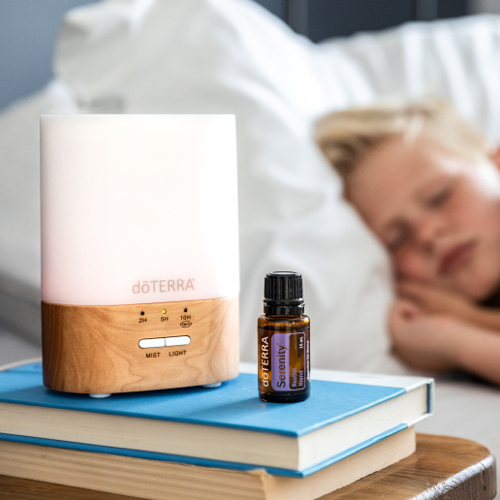In today’s digital age, parenting often involves navigating the ever-evolving world of technology and screen time. While screens can be valuable tools for learning and entertainment, finding the right balance is essential to ensure your child’s healthy development. In this article, we’ll explore the guidelines and strategies for managing screen time and fostering a healthy relationship between your child and gadgets.
Parenting with Gadgets: How much screen time is appropriate?
The Role of Technology in Children’s Lives
Technology is an integral part of modern life, and it’s important for children to develop digital literacy. However, excessive or inappropriate screen time can have negative effects. Finding the right balance is crucial. Here’s how to strike that balance:
Age-Appropriate Guidelines

The American Academy of Pediatrics (AAP) provides age-specific recommendations for screen time:
- 18 Months and Younger: Avoid the use of screen media other than video chatting.
- 18-4 Months: High-quality programming or apps, with parental guidance, can be introduced.
- 2-5 Years: Limit screen time to one hour per day of high-quality programs.
- 6 Years and Older: Establish consistent limits on the amount of screen time and the types of content children can access.
Quality Over Quantity
Not all screen time is created equal. Emphasize the importance of high-quality content. Look for educational programs, apps, and games that promote learning and creativity. Engage with your child during screen time to enhance the experience.
Co-View and Co-Play

Whenever possible, watch and play with your child. Co-viewing and co-playing allow you to discuss what your child is watching or playing, which can enhance their understanding and critical thinking skills.
Create Tech-Free Zones
Designate specific areas in your home as tech-free zones. The dinner table and bedrooms are good places to start. Tech-free zones encourage face-to-face communication and better sleep habits.
Set Clear Boundaries
Establish consistent screen time rules and expectations. Ensure your child understands when and for how long they can use gadgets. Consistency is key.
Balance with Physical Activity
Encourage physical activity and outdoor play. Balancing screen time with active play is vital for your child’s physical and mental health.
Encourage Creative Screen Time

Promote creative uses of screen time, such as drawing, writing, or coding. Encourage your child to explore technology in ways that inspire their creativity.
Be a Role Model
Children learn from observing their parents. Set a positive example by managing your own screen time. Be mindful of your phone and gadget use around your child.
Screen Time as a Privilege
Use screen time as a privilege or reward for completing chores or homework. This reinforces the idea that screen time is not an entitlement but something to be earned.
Monitor Content
Regularly review the content your child is accessing. Ensure it aligns with your family values and is age-appropriate.
Conclusion
Parenting in the digital age is a complex and evolving challenge. Striking the right balance between screen time and other activities is essential for your child’s overall well-being. By following age-appropriate guidelines, encouraging high-quality content, and fostering a healthy relationship with technology, you can help your child navigate the digital world successfully. Remember, technology is a tool that can enhance learning and entertainment, but it should never replace essential aspects of childhood, such as outdoor play, face-to-face interaction, and creative exploration.







